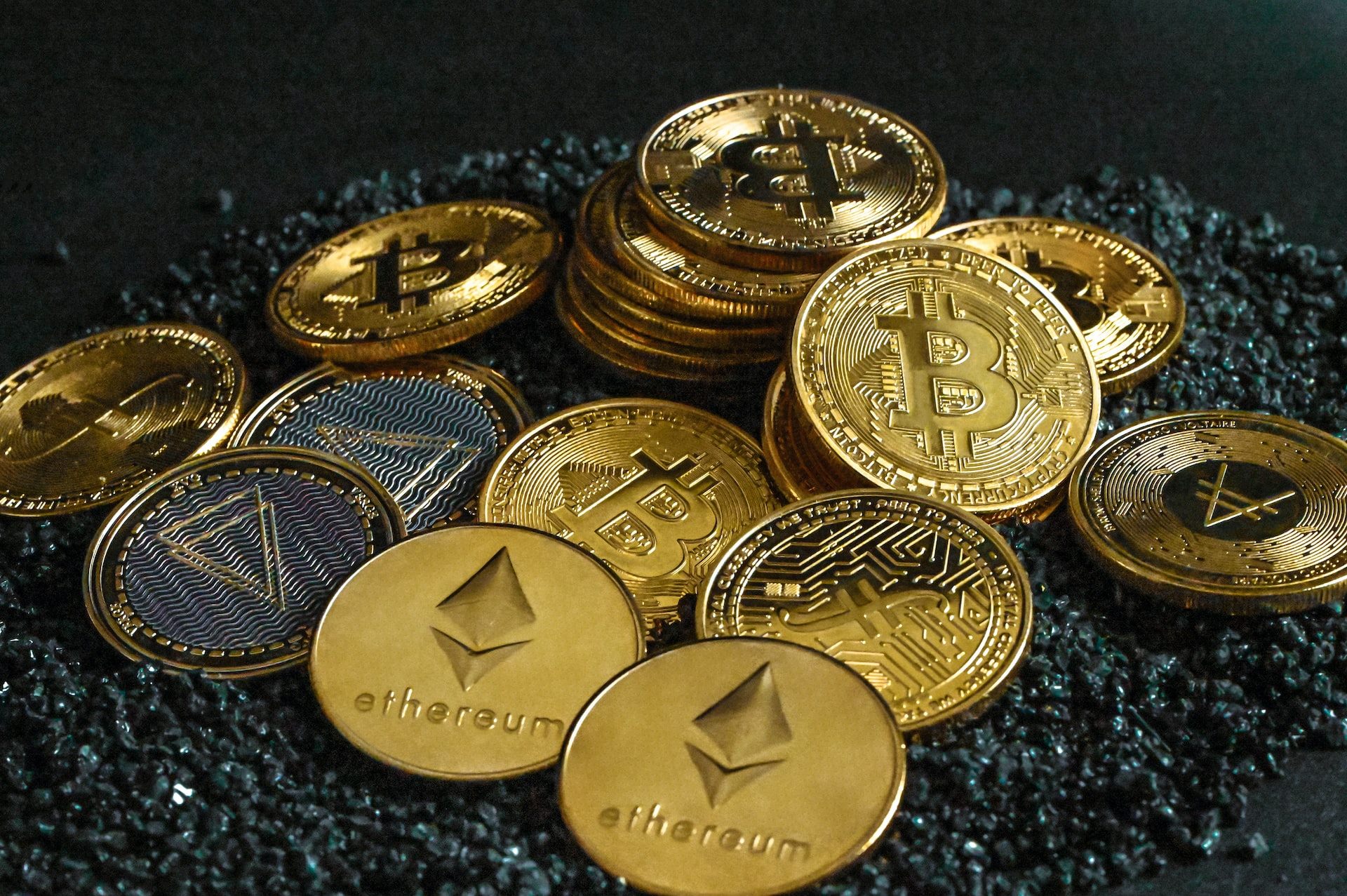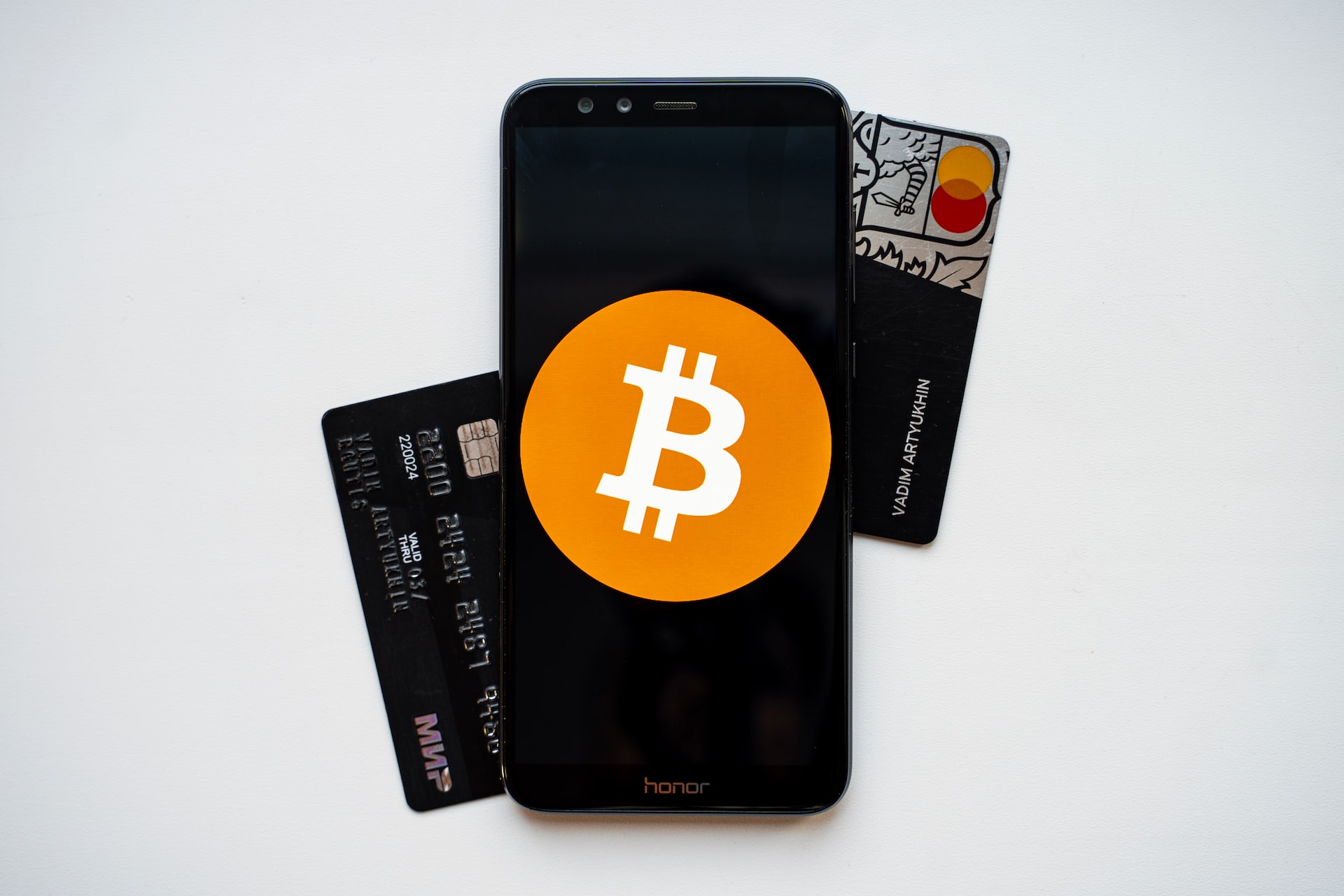Cryptocurrencies are generally volatile compared to traditional currencies. Bitcoin has experienced price changes as high as 10% in a few hours. For comparison, a daily price movement of 1% is rare in the foreign exchange market.
Therefore, to counteract this volatility, a type of cryptocurrency is designed to bridge the gap between fiat currencies and cryptocurrencies: stablecoins. Stablecoins are exactly what their name suggests: cryptocurrencies whose values do not experience massive fluctuations, making them stable.
Do you want to know more about stablecoins and how they work? Are you interested in how stablecoins came to be and what purposes they were created for? Read on, and you will find all these in this brief stablecoin guide.
An Intro to Stablecoins
Stablecoins are cryptocurrencies whose values are tied to or pegged to another commodity, currency, or financial instrument. This means that the value of the stablecoin remains the same as that of its underlying asset. For example, the value of Tether (USDT), which is pegged to the U.S. dollar, always hovers around $1.

To put this in perspective, other cryptocurrencies like Bitcoin and Ethereum have a value that is based on speculation. That is, they are worth what people are willing to pay for them, which explains their volatility. Stablecoins, on the other hand, are tied to certain valuable assets, making their value more stable than other cryptocurrencies.
How Stablecoins Work
The concept of stablecoins is quite simple. The value of the cryptocurrency is attached to that of another valuable financial asset. This is similar to how the currencies of some countries are backed by their gold reserves. The cryptocurrencies are thus backed by a reserve holding a trusted asset (or assets). The asset(s) function as collateral for the stablecoin during financial crises.
Types of Stablecoins
There are four different kinds of stablecoins based on how their value is kept stable.
1. Fiat-Collateralized Stablecoins
These stablecoins maintain a reserve of fiat currency (or currencies) as collateral to guarantee the value of the stablecoin. The chosen currency is usually the U.S. dollar, as in Tether (USDT) and TrueUSD (TUSD). Still, some stablecoins use other currencies, like Sol Digital, which is based on the Peruvian Sol.
2. Commodity-Collateralized Stablecoins
Unlike fiat-collateralized stablecoins, these stablecoins are pegged to reserves of valuable commodities like petroleum or precious metals like gold and silver. Examples include Tether Gold (XAUT) and Paxos Gold (PAXG).

3. Crypto-Collateralized Stablecoins
Unlike the preceding stablecoins, crypto-collateralized stablecoins are pegged to other cryptocurrencies. To counteract the volatility of the reserve cryptocurrency, these stablecoins are overcollateralized, meaning that the value of the cryptocurrency reserved exceeds that of the issued stablecoins. For example, $2 million worth of cryptocurrencies might be used as collateral for $1 million worth of stablecoins. A good example is MakerDAO’s DAI.
4. Algorithmic Stablecoins
These stablecoins maintain a stable value by controlling their supply through an algorithm. They may or may not hold assets in reserve. This method of valuing the stablecoin is similar to what central banks employ in controlling the value of their respective currencies. Some algorithmic stablecoins are Neutrino USD and Frax (FRAX).
What are Stablecoins Used For?
The stability of stablecoins makes them more suitable for some financial and economic purposes than more volatile cryptocurrencies. The major advantage of stablecoins is their function as a reliable means of exchange. With lightning-fast transaction times and low transaction fees, they can be used as a good alternative to fiat currency.

Stablecoins are also very useful for sending funds across international borders without the exorbitant fees associated with international monetary transfers. Sol Digital is one cryptocurrency that serves this purpose.
Stablecoins can be kept for long periods without experiencing massive price movements; this makes them suitable for the long-term storage of funds. They are also very useful as a universal crypto exchange currency. Instead of buying crypto directly with fiat currency, users can exchange it for stablecoins and then purchase with the stablecoin.
What are the Best Stablecoins Right Now?
Not all stablecoins are capable of price stability, as we have seen with TerraUSD. But there are some with the ability to maintain their value over long periods. Here is a short list of some stablecoins you can try right now.
- Tether (USDT)
- Binance USD (BUSD)
- USD Coin (USDC)
- TrueUSD (TUSD)
- Decentralized USD (USDD)
The list above contains the stablecoins whose value has remained stable through various financial crises. They also show more promise than some other stablecoins. Therefore, they should be considered if you plan to invest in stablecoins.






